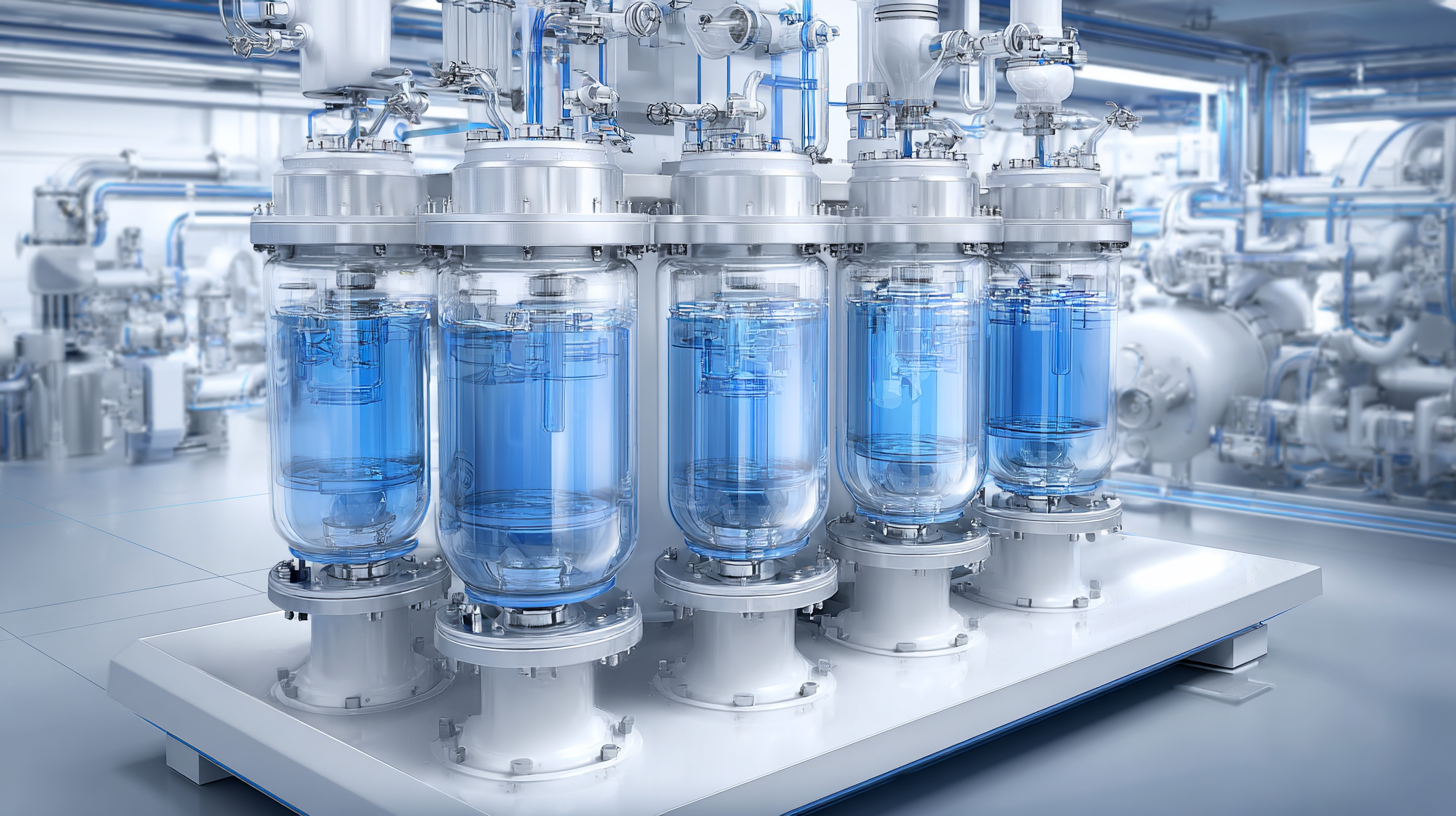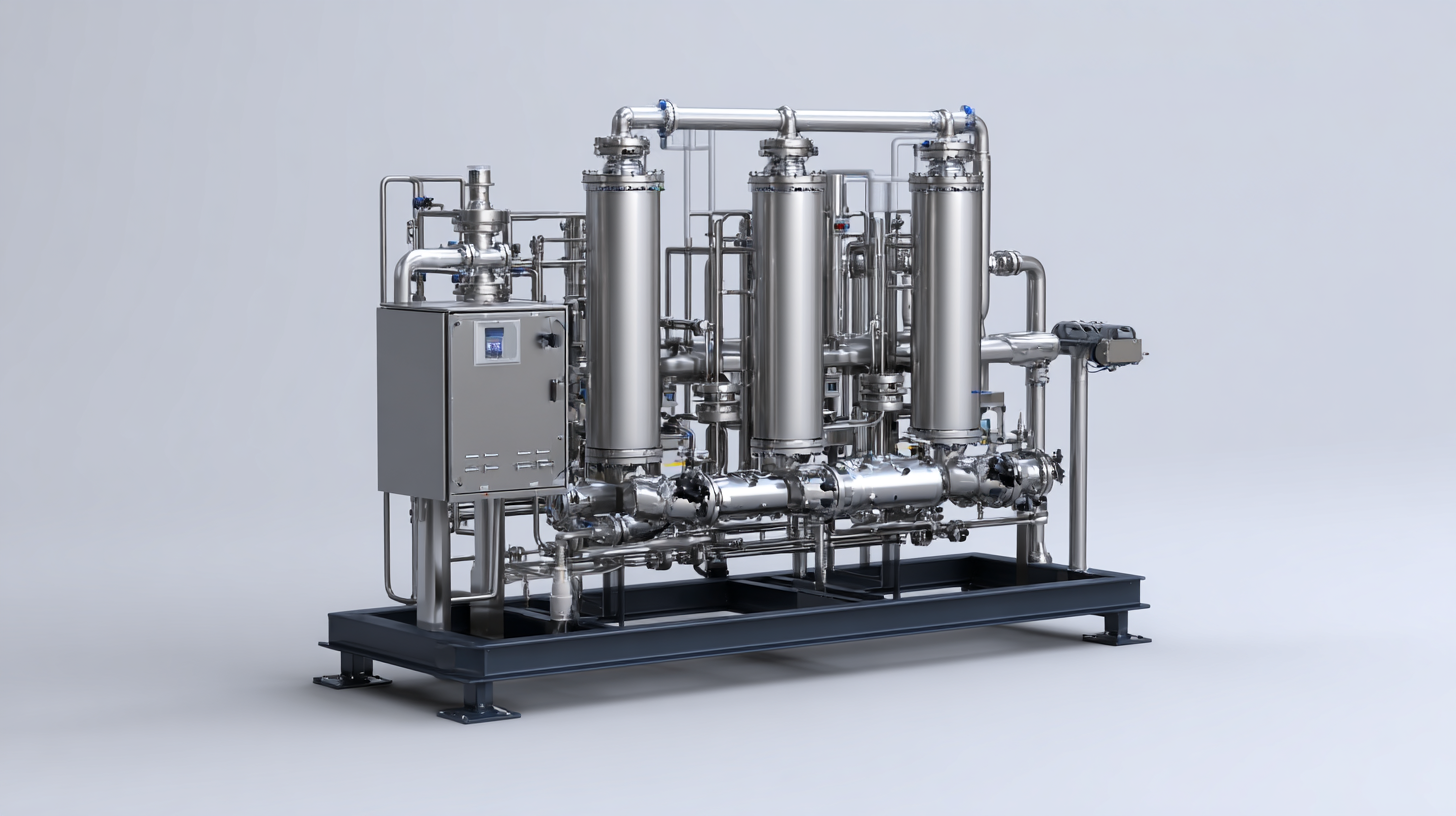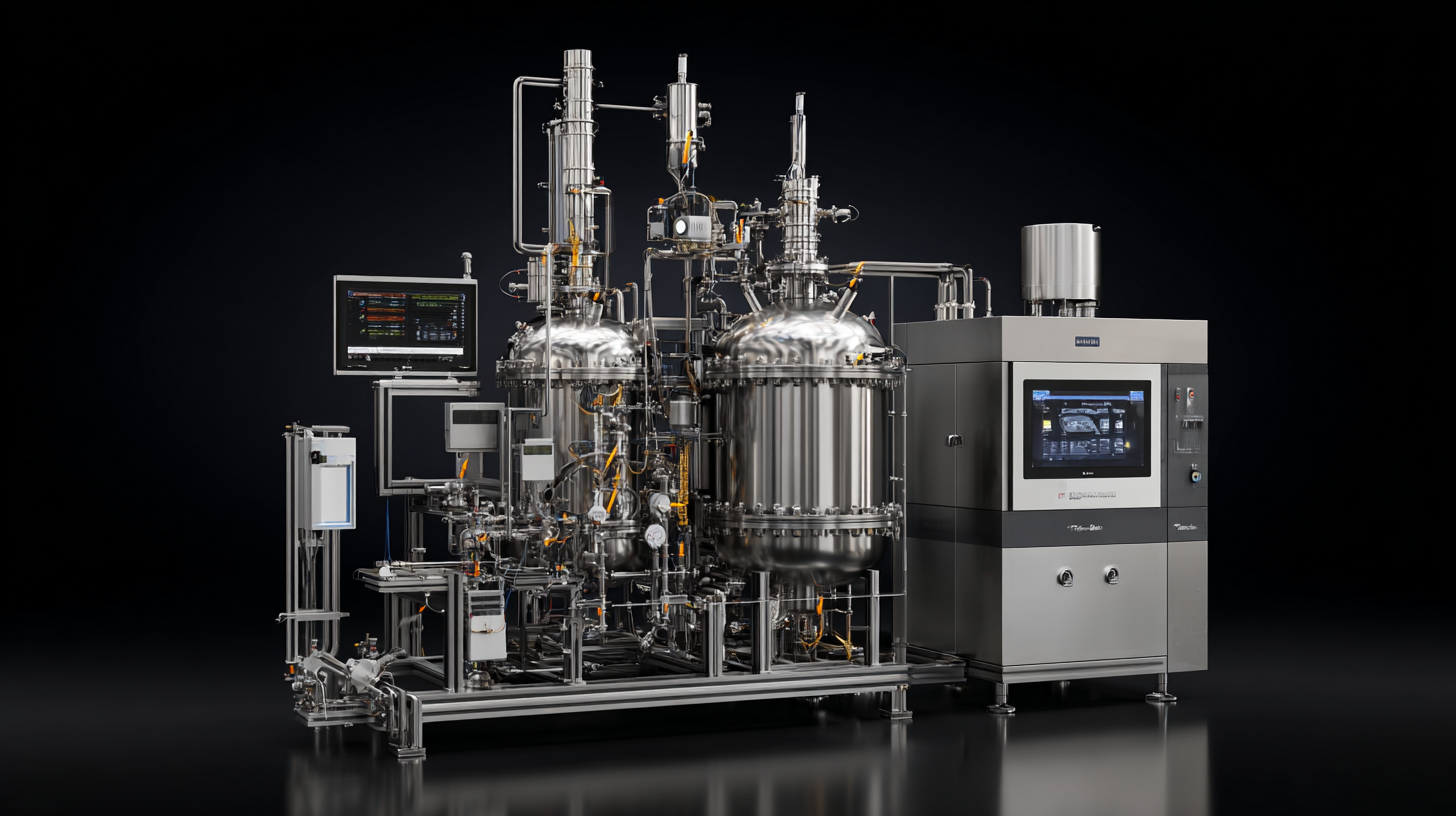The Future of Advanced Vacuum Filtration Solutions
As industries evolve and seek more efficient methods of separation, the vacuum filtration system emerges as a pivotal solution in advanced filtration technologies. Recent market research indicates that the global vacuum filtration market is projected to grow at a CAGR of 6.7% from 2023 to 2028, driven by an increasing demand for cleaner production processes and stringent environmental regulations. By 2025, advancements in materials science and automation are expected to enhance the performance and efficiency of these systems, facilitating their adoption across various sectors including pharmaceuticals, water treatment, and food processing.

This blog will explore the latest industry trends, anticipated technological innovations, and provide a "how-to" guide for integrating advanced vacuum filtration solutions into operational processes, ensuring businesses not only meet regulatory standards but also optimize their production efficiency in the competitive landscape of the future.
Exploring Innovative Alternatives in Advanced Vacuum Filtration Technologies
As industries strive for enhanced efficiency and sustainability, advanced vacuum filtration technologies are evolving to meet their complex needs.
Innovative alternatives are emerging, transforming traditional methods into more dynamic solutions.
One such alternative is the use of porous membranes that offer higher filtration accuracy and lower energy consumption. These membranes not only improve the quality of the filtered products but also extend the lifespan of the equipment, proving to be a cost-effective choice for manufacturers.
Furthermore, the integration of smart technology into vacuum filtration systems is revolutionizing how businesses approach their filtration processes. With real-time monitoring and data analytics, operators can optimize their settings for better performance and discover potential issues before they escalate.
This proactive approach not only minimizes downtime but also enhances the overall efficiency of the filtration process, paving the way for advancements in various applications, from pharmaceuticals to food and beverage industries. The future lies in these innovative technologies that continue to push the boundaries of what vacuum filtration can achieve.
Key Benefits of Diverse Vacuum Filtration Solutions for Multiple Industries
The evolution of advanced vacuum filtration solutions is transforming multiple industries by offering a diverse range of benefits tailored to specific needs. One of the primary advantages of these solutions is their efficiency in separating solids from liquids, which is crucial in sectors such as pharmaceuticals, food and beverage, and chemicals. With the ability to achieve high purity levels while minimizing material loss, industries can ensure product quality and adhere to stringent regulatory standards. The innovative designs of modern vacuum filtration systems optimize flow rates and reduce processing times, significantly enhancing productivity.

Moreover, the adaptability of advanced vacuum filtration technologies allows for customization to meet the diverse requirements of various applications. For instance, different membrane materials and pore sizes can be employed to handle a variety of separation processes, from coarse filtration to microfiltration. This versatility not only caters to specific filtration challenges but also leads to cost-effectiveness, as businesses can implement solutions that require lower maintenance and energy consumption. As industries continue to evolve, the integration of smart technologies, such as real-time monitoring and automated controls, will further enhance the reliability and effectiveness of vacuum filtration solutions, setting a new standard for operational excellence.
Comparative Analysis: Traditional vs. Advanced Vacuum Filtration Methods
 Vacuum filtration has long been a cornerstone technique in various industrial and laboratory settings, delivering straightforward solutions for liquid-solid separation. However, traditional methods face limitations in efficiency, scalability, and adaptability to numerous new contaminants, such as organic pollutants. In light of these challenges, advanced vacuum filtration solutions are emerging as superior alternatives. Recent studies have highlighted that innovations like the peracetic acid-based oxidation process can effectively treat wastewater, positioning themselves as viable companions to vacuum filtration systems. These advanced processes not only improve the degradation of organic pollutants but also enhance the overall efficiency of wastewater management.
Vacuum filtration has long been a cornerstone technique in various industrial and laboratory settings, delivering straightforward solutions for liquid-solid separation. However, traditional methods face limitations in efficiency, scalability, and adaptability to numerous new contaminants, such as organic pollutants. In light of these challenges, advanced vacuum filtration solutions are emerging as superior alternatives. Recent studies have highlighted that innovations like the peracetic acid-based oxidation process can effectively treat wastewater, positioning themselves as viable companions to vacuum filtration systems. These advanced processes not only improve the degradation of organic pollutants but also enhance the overall efficiency of wastewater management.
Moreover, integrating advanced technologies such as electrocoagulation and hybrid filtration systems is reshaping the landscape of wastewater treatment. These systems leverage various parameters, including electrode materials and current application, to optimize performance. As researchers delve into the complexities of microbial interactions within water treatment facilities, the insights gained inform the development of more sophisticated filtration methods. The comparative analysis of traditional vs. advanced vacuum filtration methods underscores a crucial shift towards incorporating innovative solutions that ensure better outcomes in environmental sustainability and public health, especially in an era where water contamination poses a significant threat globally.
Future Trends: Sustainable Materials in Vacuum Filtration Systems
As the vacuum filtration industry progresses, a pivotal trend is the integration of sustainable materials into system designs. Recent studies emphasize the shift towards eco-friendly solutions, particularly in the context of emerging pollutants in soil and water remediation. Notably, hybrid nano-interfacial engineering has been highlighted for its ability to enhance oil/water separation, paving the way for more effective filtration methods that align with environmental protection goals. Utilizing advanced materials like MXenes-based nanofiltration membranes could substantially improve filtration performance while minimizing ecological footprints.
Tips for adopting sustainable practices in vacuum filtration systems include prioritizing the use of recyclable materials in component designs and exploring innovative filtration media that offer higher efficiency with lower environmental impact. Industry reports indicate that incorporating sustainable materials can lead to a reduction in overall operational costs by enhancing system longevity and minimizing waste.
Moreover, leveraging technologies such as ionic liquids can revolutionize the filtration process, providing unique properties that increase efficiency and effectiveness. Engaging in research and development of these materials not only supports sustainability efforts but also positions companies at the forefront of industry advancement, ultimately benefiting both the environment and public health.
The Future of Advanced Vacuum Filtration Solutions: Sustainable Materials in Vacuum Filtration Systems
This chart illustrates the projected adoption rates of various sustainable materials in vacuum filtration systems over the next five years. The data reflects trends in industry preferences towards eco-friendly solutions.
Case Studies: Successful Implementations of Alternative Filtration Solutions
In the realm of advanced vacuum filtration solutions, recent case studies have highlighted the successful implementation of alternative filtration methods across various industries. For instance, a report by MarketsandMarkets indicates that the global vacuum filtration market is projected to reach $3.5 billion by 2026, reflecting an increasing demand for innovative filtration techniques. One striking example is the use of ceramic membranes in wastewater treatment facilities, which has shown to reduce operational costs by up to 30% while simultaneously improving the quality of filtered water. This technology not only enhances filtration efficiency but also extends the lifespan of equipment.
Another noteworthy implementation can be found in the pharmaceutical sector, where companies have adopted cross-flow filtration systems to achieve higher purity levels in the manufacturing of biopharmaceuticals. According to a study by Grand View Research, the bioprocess filtration market is expected to grow at a CAGR of 13.5% from 2021 to 2028. These alternative filtration solutions enable the efficient separation of substances, resulting in reduced contamination risks and compliance with stringent regulatory standards. These implementations underscore the potential of advanced vacuum filtration solutions to revolutionize traditional processes across multiple sectors.